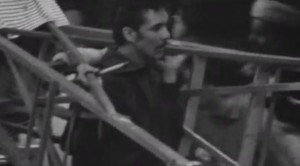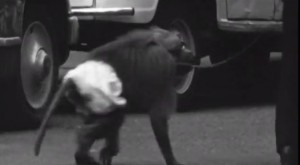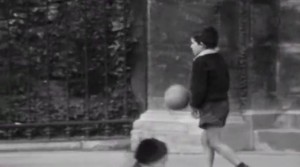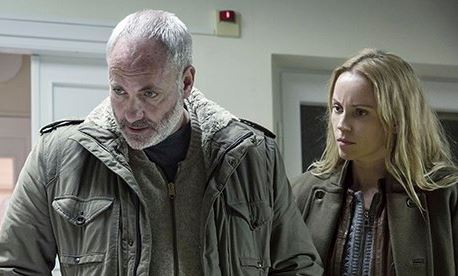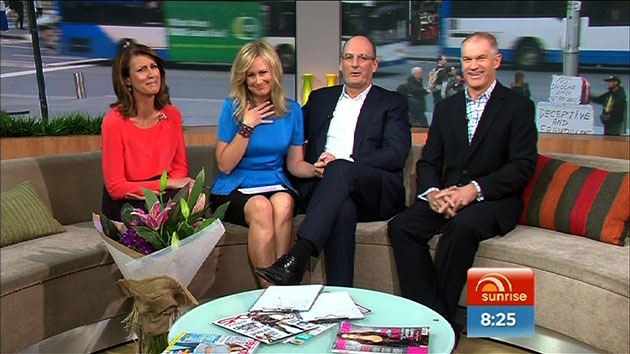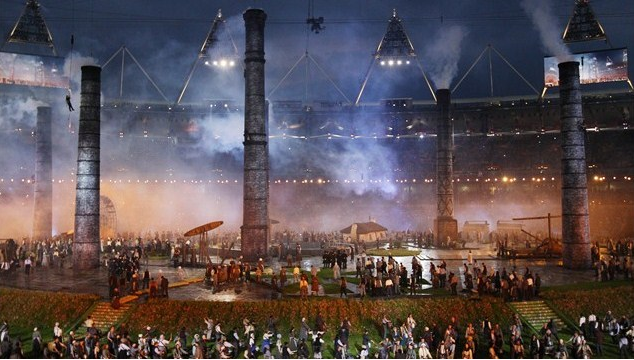Week Six – Audiences and Matters of Taste
Standing in the cereal aisle at the supermarket it’s easy to get overwhelmed by the shelves and the abundance of breakfast items to choose from, everything down to the minuscule details of toasted without fruit or non-toasted with fruit muesli. We live in a world governed by taste and the ideal that we as an audience think we have the ability to choose, however what we should never forget is in the end it’s all just muesli.
The idea of taste is a natural thing that we create and develop as humans throughout our lives and pop culture plays into this in terms of forming identities. Therefore, identities can be defined and reinvented through what you buy and what you associate with. By associating yourself with watching certain shows you build an identity that, “distinguishes [you] in an essential way,” to be an individual, but also, “whereby one classifies oneself and is classified by others” (Bourdieu, P; 1984).Through this taste becomes about the lines of cultural knowledge, with television determining desirable and undesirable forms of culture through the types of shows being watched. For example there are the high-end HBO productions compared to the low-end reality television shows, this division continually becoming more blurred within today’s contemporary television landscape.
Bourdieu notes that as taste is a product of conditionings associated with a particular class of condition of existence, “it unites all those who are the product of similar conditions while distinguishing them from all others” (Bourdieu, P; 1984). Audiences display their taste through the cultural formation of fandoms, providing cultural place for those who have the same taste in television. Vampire and horror genres of television have culminated the formation of fandoms since the gothic-soap Dark Shadows (1966) and their cult following allows for associative audiences. However, the vampire and gothic genre, “is not generally associated within popular culture with notions of quality, but rather with cult film, trash culture and juvenile audiences,” and this was the calculated risk well-known quality television network HBO took when it released its flagship programme for 2008 True Blood (Abbott, S cited in Cherry, B; 2012).
True Blood contest genre conception by taking the undesirable forms of culture and presenting them in a HBO tasteful way, seen in, “a number of factors in production of the series,” which has developed the shows, “status as cult TV” (Cherry, B; 2012). It is seen as one of HBOs most controversial shows; “free from the constraints normally imposed on mainstream television” the show employs, “liberal amounts of sex, violence and swearing as well as serious or adult themes in an artful and stylised package” (Cherry, B; 2012). The most fitting example of this “artful and stylised” package can be understood through the opening credit sequence where the show is overviewed through a broader and more abstract context. The sequences not only conceptualises the show at the beginning of each episode, it also acts to encode certain ideals applicable to the show to demonstrates the type of decoding audience the show is appealing to.
The opening credits work so that the initiation of the sequence is not at the beginning of the show, but after an introductory plot development so that the episode can be re-contextualised to the reality the credits ensue. The images are eerie and dark, with the juxtaposition of life and death, and a mix between the historical world it references and the story world the show is about remains depicted and contested. Southern subject matter such as images of forests, swamps, crocodiles and desolate landscapes are prevalent within the sequence, conveying the genre of Southern Gothic layered in the shows episodes and the importance of place within the show as a way for the audience to understand the setting and people. This idea of the south is further achieved through Jace Everett’s “Bad Things” (2005) interpretation of country music with a Southern soul music base. The aesthetic style uses grainy shots, time lapse delays and documentary footage giving the shots a scientific and naturalistic enquiry as a way to relate the viewer. The piece also juxtaposes life and death in a way to pull the two together to illustrate how they’re not that different, for example the red fox decomposing, a link to the undead being an eminent trait of vampires. There is also a sprout of sexuality and death, with the show being driven by exploring what and how things happen when violence and sexuality collide as a contrast between natural processes and their unnatural ramifications.
The opening credit sequence doesn’t outwardly connect the following show to the subject matter of vampires, but instead offers a general emotion and feeling to symbolise the show itself. Therefore by solely analysing this reoccurring sequence we can further understand how taste culture influences audiences to be active in decoding their choices in television, with True Blood being an example of a show that deliberately encodes overt social issues.
References
Bourdieu, P 1984. Distinction: A Social Critique of the Judgement of Taste, Harvard University Press, United States of America, pp. 1-63.
Cherry, B 2012. True Blood: Investigating Vampires and Southern Gothic, I.B. Tauris, London & New York, pp. 1-38.


